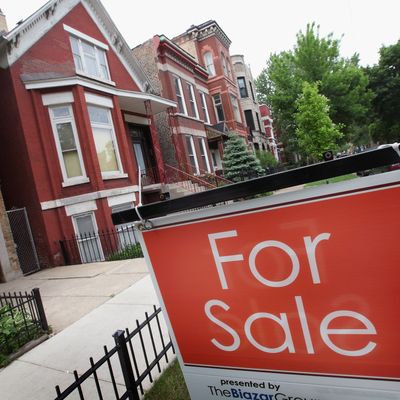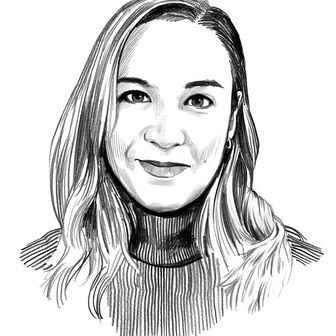
A new study by the Brookings Institute in conjunction with Gallup puts a price tag on institutionalized racial bias. Authors Andre M. Perry, David Harshbarger, and Jonathan Rothwell estimate that homes in majority-black neighborhoods are undervalued by an average of $48,000. “That’s the amount the average home in a majority-black neighborhood is undervalued, relative to an identical home in an identical all-white neighborhood once you properly adjust for all the other structural and neighborhood characteristics that could plausibly affect that number,” Christopher Ingraham explained at the Washington Post.
Home ownership is a major contributing factor to the racial wealth gap, as Demos, a left-of-center think tank, previously argued in a 2015 report. Seventy-three percent of white households own their home, Demos found; in sharp contrast, home ownership drops to 45 percent among black households. Demos also documented a racial gap in home equities — a median of $86,800 for white households and $50,000 for black households — in addition to discrepancies in neighborhood values. Decades of discriminatory housing policies produced these figures; explicit bias, in other words, as manifested by redlining and segregation.
The consequences of implicit bias, defined as a person’s internalized beliefs about race, can be more difficult to quantify, and that challenge is at the center of the Brookings/Gallup study. The authors strove to understand how “the concentration of blackness” in a neighborhood, as they put it, influences market demand — whether home buyers perceive a neighborhood as violent, for example.
As a material product of prejudice, home devaluation may spawn a series of interconnected problems for families in majority-black neighborhoods. The Brookings/Gallup study also found that the greater a neighborhood’s devaluation, the less likely it is that the people who live there will be able to bootstrap their way out of poverty. “If properties in black neighborhoods were priced equally as those in white neighborhoods, black children coming of age in the 1990s and 2000s would have had much more wealth to draw upon to pay for things like private schooling, tutoring, travel, and educational experiences, as well as higher education and greater access to higher-scoring schools in the suburbs,” the authors write. Segregation, they added, “is correlated with devaluation.” Though the authors caution that their data “is not meant to prove that devaluation causes lower mobility or vice versa,” they add that the evidence they uncovered “does suggest there may be underlying links between the two phenomena that warrant further exploration.”
By clarifying the influence of implicit racial bias on neighborhood values, the Brookings/Gallup study should also help shut down the notion that generational poverty is rooted in cultural pathology. That idea, popularized by Daniel Patrick Moynihan in his 1965 report, The Negro Family: The Case for National Action, links the material inequalities experienced by black Americans to the disintegration of families headed by two married parents of opposite sexes. Moynihan didn’t entirely dismiss racism as a contributing factor to racial wealth disparities. But he also blamed “a tangle of pathology” for trapping black families in poverty, and wrote that “at the center of the tangle of pathology is the weakness of the family structure. Once or twice removed, it will be found to be the principal source of most of the aberrant, inadequate, or antisocial behavior that did not establish, but now serves to perpetuate the cycle of poverty and deprivation.”
This premise, so central to the Moynihan report, persisted long after 1965. The Heritage Foundation has directly attributed generational poverty to a decline in marriage rates and absent fathers, and blamed the welfare state for “penalizing marriage.” In broader terms, the notion that individuals in poverty are in poverty because of some moral inadequacy — that a need for public assistance proves some lack of personal responsibility — still informs legislation, whether it’s work requirements for food stamps or drug testing welfare recipients. But it is increasingly indisputable that black households bear disproportionate economic burdens because of a different moral failure: racism, enshrined in policy and internalized by consumers.






























